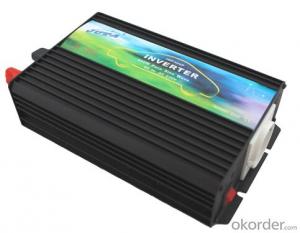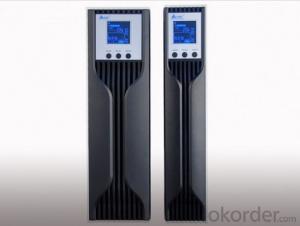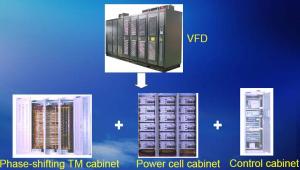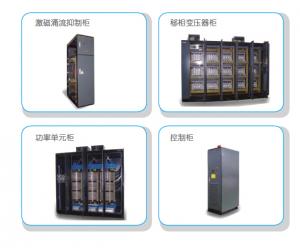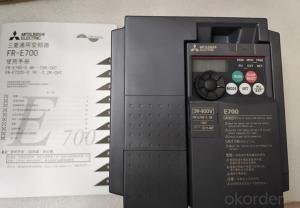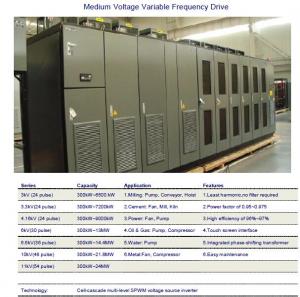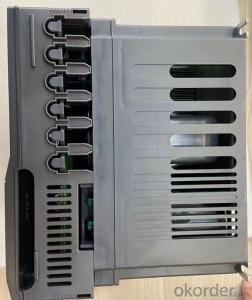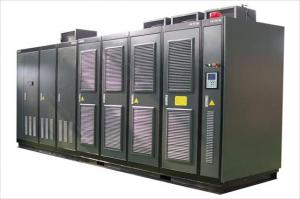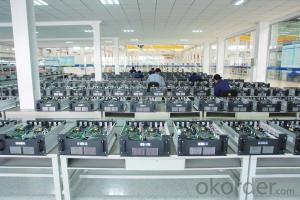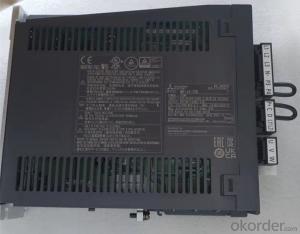Infini Solar Inverter
Infini Solar Inverter Related Searches
China Infini Solar Inverter Infinity Solar Inverter Infini Solar Inverter 5kw Invt Solar Inverter Invt Solar Pump Inverter Inverter Solar Ingeteam Solar Inverter Smart Inverter Solar Inverex Solar Inverter Solar Solar Inverter Inverter In Solar Smart Solar Inverter Intelligent Solar Inverter Solar Smart Inverter Inverter With Solar Input Infineon Solar Inverter Inverter In Solar Energy Sun Solar Inverter Suntech Solar Inverter Sunshine Solar Inverter Enphase Solar Inverter Inverter Solar Cell Inverter Power Solar Smart Solar Power Inverter Inspire Solar Inverter Inverter Battery Solar Inverter Hybrid Solar Solar Mini Inverter Solaris Solar Inverter Solar Energy InverterInfini Solar Inverter Supplier & Manufacturer from China
Infini Solar Inverter is a high-quality and reliable product that is designed to optimize the performance of solar energy systems. These inverters play a crucial role in converting the direct current (DC) generated by solar panels into alternating current (AC), which can then be used by homes and businesses. The Infini Solar Inverter is known for its efficiency, durability, and ease of installation, making it a popular choice among solar energy enthusiasts and professionals alike.The Infini Solar Inverter is widely used in various applications, including residential, commercial, and industrial settings. It is particularly beneficial in areas with limited access to traditional power sources or where there is a need for a clean and sustainable energy alternative. The inverter's compact design and user-friendly interface make it suitable for both small-scale and large-scale solar installations. Its ability to withstand harsh weather conditions and maintain optimal performance over time has made it a preferred choice for many solar energy projects.
Okorder.com is a leading wholesale supplier of the Infini Solar Inverter, offering a vast inventory of this product to cater to the needs of various customers. As a reputable online platform, Okorder.com ensures that the Infini Solar Inverter is available at competitive prices and with fast shipping options. By partnering with reliable manufacturers and maintaining a strong focus on customer satisfaction, Okorder.com has established itself as a trusted source for high-quality solar inverters like the Infini Solar Inverter.
Hot Products
























